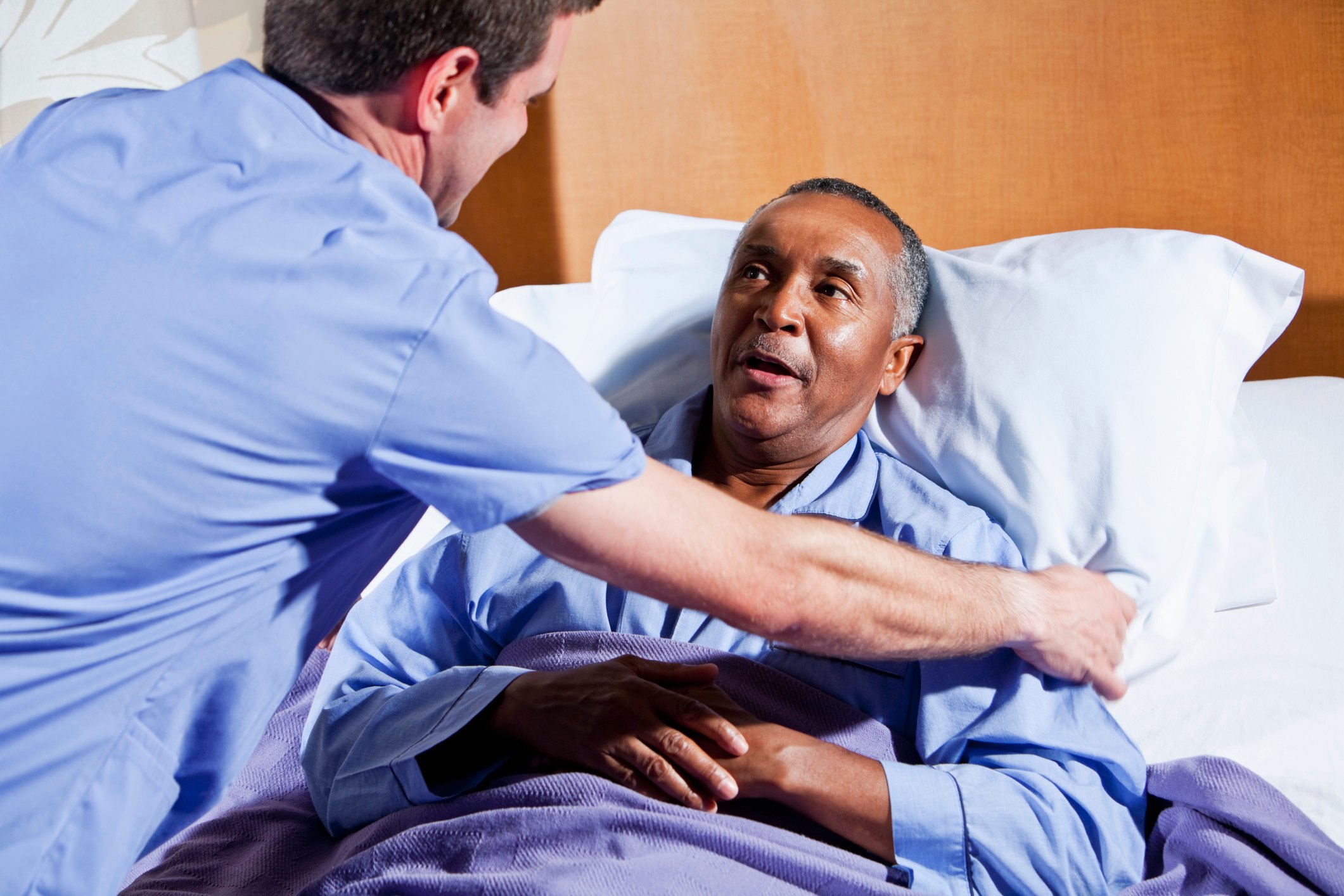
Pressure Injury: Never Event
Never events are described as adverse events that are unambiguous (clearly identifiable and measurable), serious (resulting in death or significant disability), and usually preventable (Agency for Healthcare Research and Quality (AHRQ), 2019). Pressure injuries are considered a Never Event and a hospital-acquired condition (HAC).
In 2008, the Centers for Medicare and Medicaid Services (CMS) designated Hospital-Acquired Pressure Injuries, stage 3 and stage 4, as a Hospital-Acquired Condition (HAC). Pressure injuries which are not recognized on admission and stage III and Stage IV injuries are not reimbursable at the MS-DRG rate (CMS, 2019).
In addition to CMS, many states and private insurers have adopted the same practice and do not reimburse for care provided to treat a never event (AHRQ, 2019).
According to the Agency for Healthcare Research and Quality (AHRQ), these measures have been working! As of 2018, declines in HAC have saved 8,000 lives and $2.9 billion, additionally, this report shows that progress is continuing (AHRQ, 2019).
Doing your part in identification and management is saving the patient from the long-term effects of stage III and stage IV injuries.
What Is a Pressure Injury?
A pressure injury is localized damage to the skin and underlying soft tissue usually over a bony prominence or related to a medical or another device. The injury can present as intact skin or an open ulcer and may be painful. The injury occurs as a result of intense and/or prolonged pressure or pressure in combination with shear. The tolerance of soft tissue for pressure and shear may also be affected by microclimate, nutrition, perfusion, co-morbidities and condition of the soft tissue (Edsberg, Black, Goldberg…& Sieggreen, 2016; Black, 2017).
Steps to Help Decrease The Number and Severity of Pressure Injuries
Comprehensive Skin Assessment
- On admission: looking for pre-existing pressure injuries; documented as “present on admission”
- Recognizing these injuries now will allow reimbursement of treatment costs
Serial Assessments:
- As often as the condition of the patients dictates, as stated in the policy and procedure of your facility
- On transfer and discharge
Utilize a Standardized Procedure
- Skin temperature
- Skin turgor
- Color
- Moisture
- Skin integrity
Use a Valid and Reliable Skin Assessment Tool
(Black, 2017, Zulkowski, N.D.).
As part of the assessment, staging a pressure injury is performed. In some facilities, staging is done by a wound team. The bedside nurse will identify an area of concern, request a wound consult, and assist the wound team in the management of the wound. In facilities without a wound team, the nurse should be fully educated in the stages of wound development.
In 2016, the National Pressure Ulcer Advisory Panel (NPUAP) updated the definitions of pressure injury staging and increase the number of stages to seven to include medical device and mucosal membrane injuries.
The Stages of Pressure Injury are:
- Stage I
- Stage II
- Stage III (reportable)
- Stage IV (reportable)
- Unstageable (reportable)
- Medical device-related pressure injury
- Mucosal membrane pressure injury
(National Pressure Ulcer Advisory Panel (NPUAP), 2016)
Did You Know?
Staging should not be used to describe:
- Skin tears
- Tape burns
- Perineal dermatitis
- Maceration
- Excoriation
- Surgical wounds
- Arterial ulcers
- Venous stasis ulcers
- Neuropathic wounds
- Traumatic wounds
(NPUAP, 2016)
Pressure injury treatment should be customized to the condition of the patient and the stage of the wound to encourage healing and decrease morbidity.
- Wound healing is optimized in a moist versus dry environment.
- Occlusive or semi-occlusive dressings maintain wound bed moisture to promote epithelialization and wound closure.
- As a pressure injury heals or deteriorates, the type of wound dressing most appropriate to promote healing will change.
Documentation of the wound will help show the progress of the injury. Currently, many facilities allow photography of the wound. Be precise in your use of language to describe the wound.
Pressure injuries can be prevented, or the amount of injury can be decreased by using a standardized assessment process, a valid skin assessment tool, and diligent documentation. To learn more about how to prevent and manage pressure injuries, review RN.com module: Pressure Ulcer: Assessment, Prevention and Management.
References
AHRQ. (2019). Never Events.
Black, J. (2017). The 2016 NPUAP Pressure Injury Staging System.
CMS. (2019). Hospital acquired conditions.
Edsberg, L. E.,Black, J. M., Goldberg, M., McNichol, L., Moore, L., & Sieggreen, M. (2016). Revised National Pressure Ulcer Advisory Panel Pressure Injury Staging System. J Wound Ostomy Continence Nurs, 43(6), 1-13. National Pressure Ulcer Advisory Panel (NPUAP). (2016). NPUAP staging system for pressure Injuries (Updated 2016).
Zulkowski, K. (N.D.). Conducting a comprehensive skin assessment.




